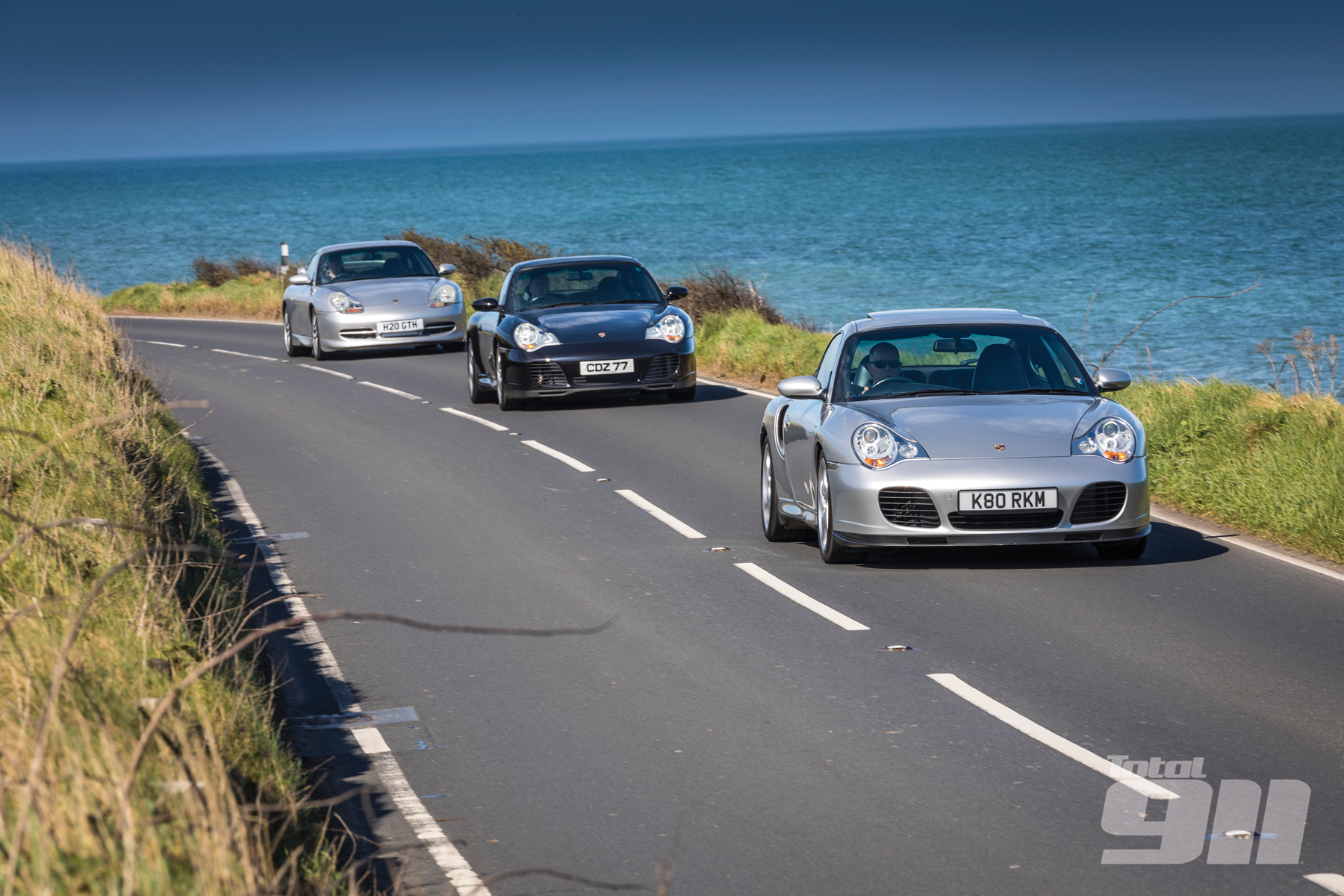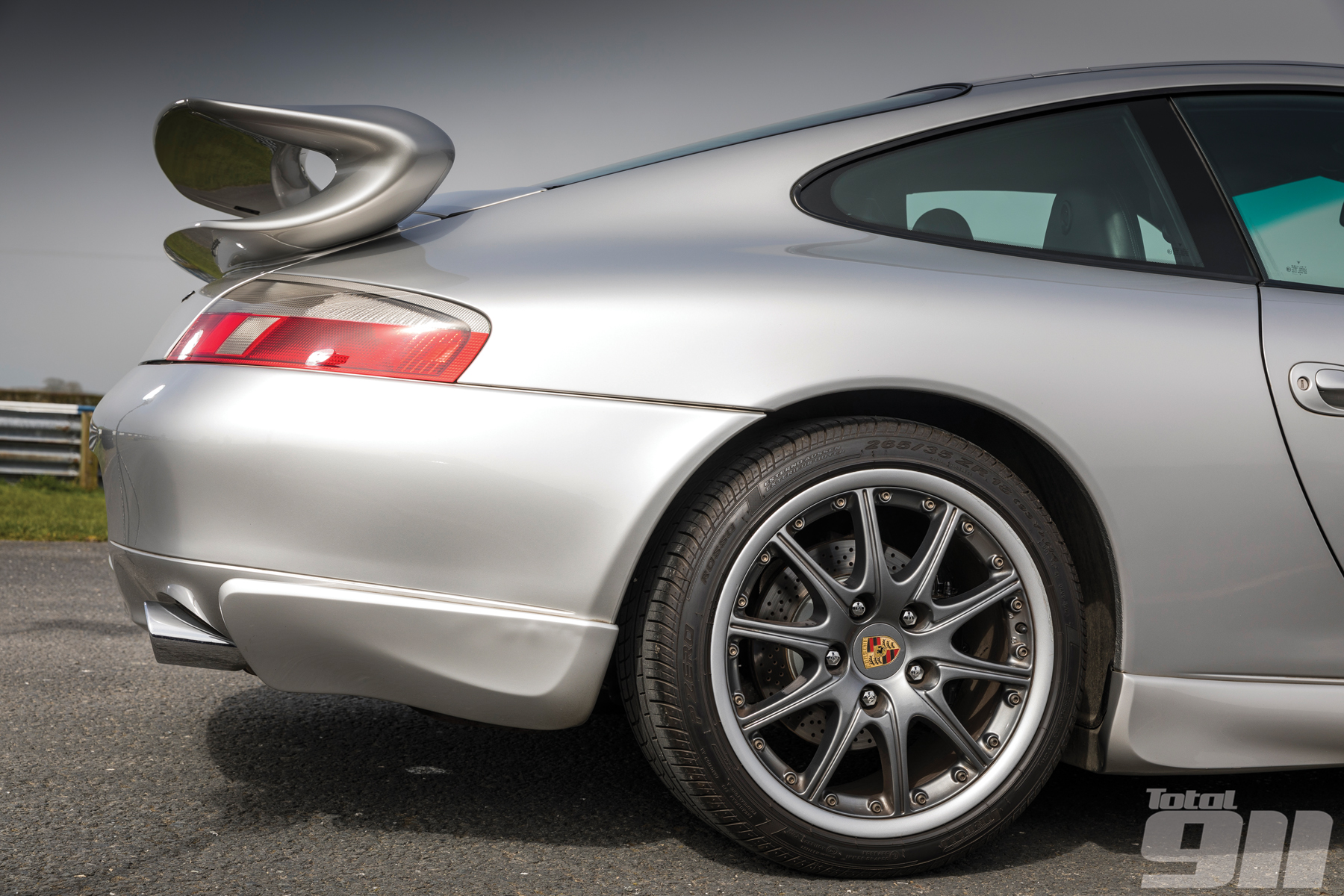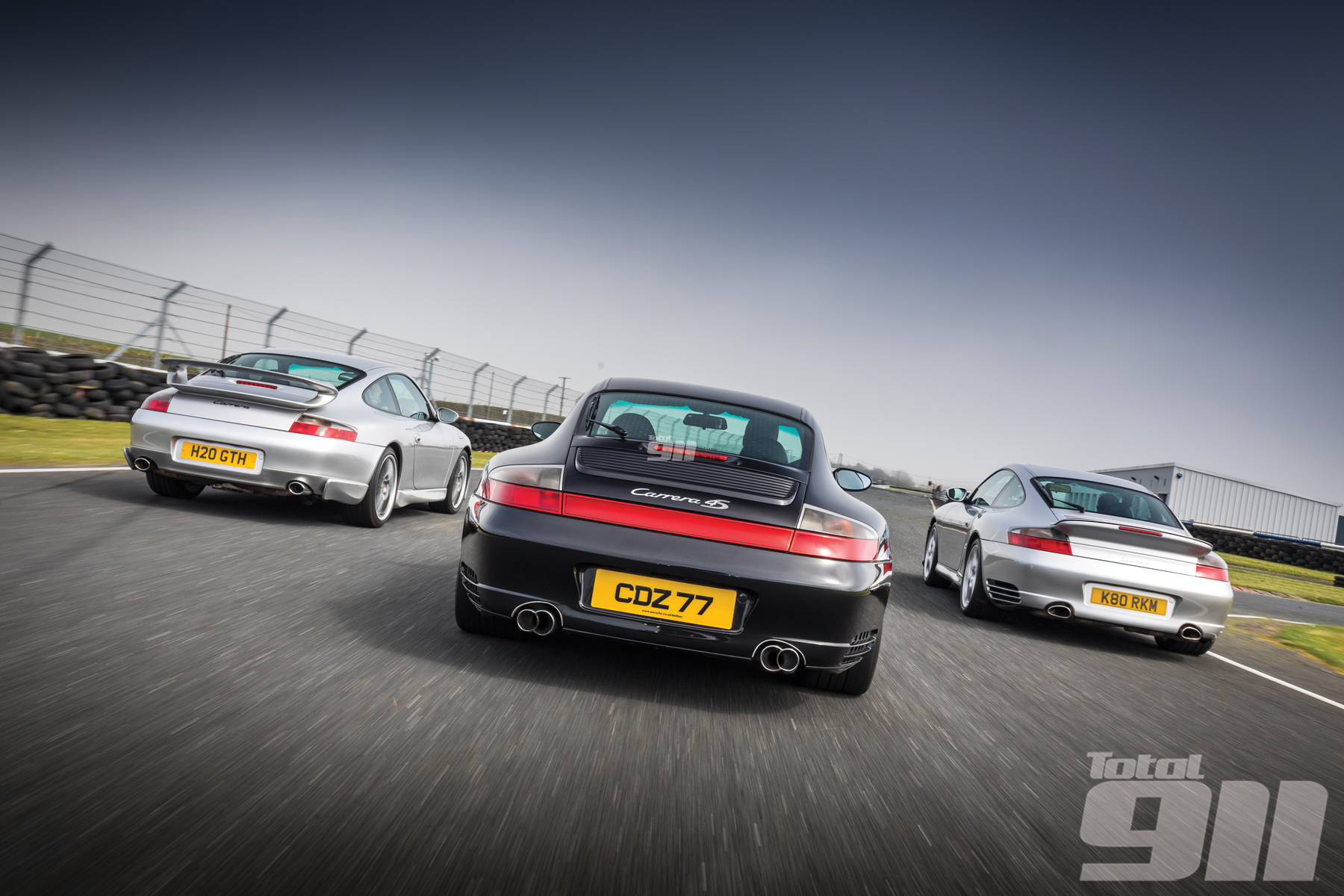Porsche: the 996 story
The 996 was a revamp in the evolution of the 911 as suddenly, by 1997, Porsche’s icon was thrust headlong into the 21st century. Improvements were introduced, while much-loved quirks were expunged. Enthusiasts found it instantly familiar yet disconcertingly different. It still divides opinion today.
This guide details the evolution of the 996, from replacing the 993 in 1997 to being phased out by the 997 in 2004/2005. It includes the Cabriolet, Targa and Turbo, with the preceding feature having documented the GT cars. We’ll cover updates, specification changes and options added during the model’s lifetime, along with what to look for when buying one.
Our story starts in the mid-1990s. Porsche was in dire straits, haemorrhaging money with the threat of takeover looming (GM, Mercedes-Benz and Toyota were all interested, according to rumour). Times were tough, as 996 designer Pinky Lai told us in 2015: “The pressure and burden on my shoulders was bigger than the fate of the company: I had to deal with the fate of the 911!” A radical rethink was needed – and delivered.

Porsche flew in consultants from Japan to streamline its Zuffenhausen factory. The 911 would no longer be hand-built, but mass produced – it also merged design and development of the 996 with the new entry-level 986 Boxster, allowing both cars to share components. Cost savings of 30 per cent versus the outgoing 993 were quoted, a figure almost unheard of in the industry.
The 996 Carrera Coupe made its world debut at the 1997 Frankfurt Motor Show. Controversially, it bore more than a passing resemblance to the cheaper Boxster, being almost identical ahead of the A-pillar. Lai had spent many hours in a wind tunnel refining the car’s slippery shape and a Cd of just 0.30 was the result, down from 0.33 for the 993. An electric rear spoiler extends at 75mph, then retracts again at 37mph – Mr Lai recalls how he had to fight for the inclusion of the electrically operated rear spoiler to better manage downforce at high speeds, despite the company arguing there wasn’t enough money in the pot for this to be included. Thankfully Lai won through, and the active spoiler was included as standard in the final production specification.

More controversy lurked beneath the engine lid, though. Despite the protestations of purists, Porsche claimed the introduction of water cooling was vital to meet emissions and noise regulations. However, as 996 development chief Horst Marchart later acknowledged, cost was also a factor: “Nobody in the world had air-cooled engines except us… it took a lot of money to make special systems since we could not share technology with anyone else.”
At least the M96 motor was still a rear-mounted flat six. It displaced 3,387cc and produced 304hp at 6,800rpm, with 350Nm of torque at 4,600rpm. Four valves per cylinder featured for the first time in a mainstream 911, along with Porsche’s new Variocam adjustable camshaft timing to boost response. Headline stats were 0-62mph in 5.2 seconds and 174mph flat out. Buyers could choose a six-speed manual gearbox from Getrag or a five-speed Tiptronic auto from ZF, the latter offering clutchless manual shifts.
The 996 was 185mm longer and 30mm wider than its predecessor, with a 45 per cent stiffer chassis formed of high-strength steel. Impressively, it was 50kg lighter than a 993, too, despite the additional radiators, pumps and 20 litres of cooling water.
For the full feature on the evolution of the 996, pick up your copy of Total 911 issue 167 in shops now or get it delivered to your door. You can also download the issue to any Apple or Android device. Don’t forget you can also subscribe to ensure you never miss and issue.

Comments (0)